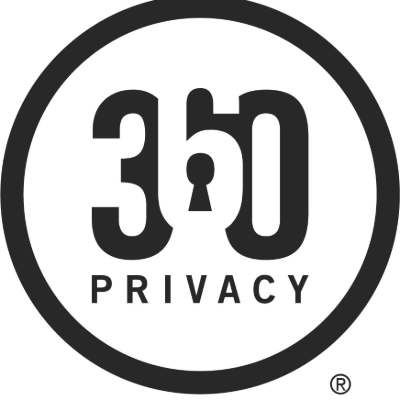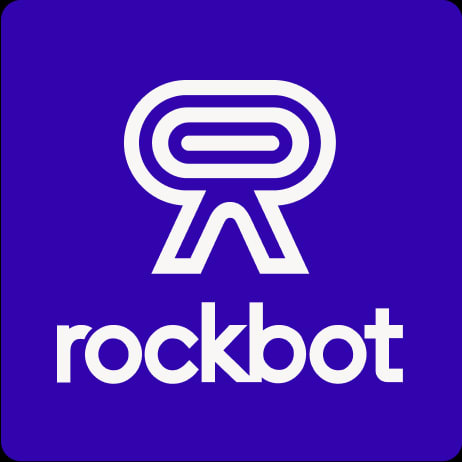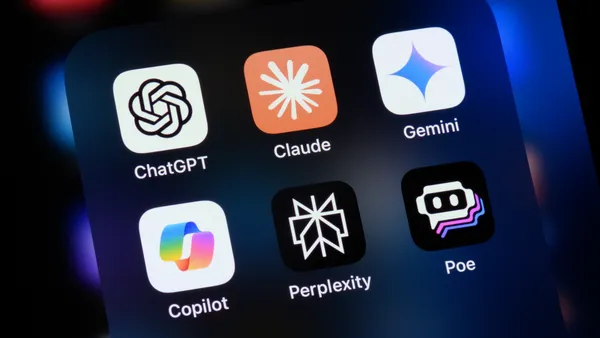Dive Brief:
- Salesforce is looking to capitalize on enterprise interest in AI-reliant software development, such as vibe coding, with the launch of Agentforce Vibes and Vibe Codey on Wednesday.
- Agentforce Vibes is an AI-powered integrated development environment that can help build, debug, test and deploy apps and agents. The system features built-in, enterprise-grade security and governance control through the Salesforce Platform and Trust Layer, according to the company.
- Vibe Codey is an autonomous AI agent that collaborates with users like a second programmer, understanding project context and executing on behalf of the end-user to accelerate development, according to the company. Salesforce said the tool is particularly useful for rapid prototyping, greenfield projects and conversational refactoring.
Dive Insight:
Vibe coding is one of the newest approaches to AI-powered software development this year, and enterprises have quickly shown interest in testing it out. The idea that developers could describe an application and get a quick prototype built by AI is alluring to executives on the prowl for efficiency gains.
Technology leaders at Mondelēz International, Valmark Financial Group and Gap have all begun to explore how the technology could benefit their teams — and where to draw the line.
Vibe coding is heralded for its ability to lower the barrier of entry to software creation. But like most AI innovations, governance controls are lagging behind.
“The risks are substantial if developers dive in unprepared or use these tools independently,” Gartner researchers said in a May report. “Uninspected code and latent errors due to inadequate testing are just the start.”
Salesforce is positioning its new tools as a way to explore the technique without compromising safety.
“Vibe coding to build production-ready business apps is challenging,” Dan Fernandez, VP of product management for developer services at Salesforce, said in the Wednesday announcement. “Unlike ‘traditional’ vibe coding tools, Agentforce Vibes provides built-in, enterprise-grade security and governance controls.”
Other vendors are trying to accelerate adoption of the software development approach, too. AWS unveiled Kiro, a vibe coding-like tool, in July. Microsoft introduced “vibe working” earlier this week to Excel, Word and other Office apps.
“In the same way vibe coding has transformed software development, the latest reasoning models in Copilot unlock agentic productivity for Office artifacts,” Sumit Chauhan, corporate VP, Office Product Group at Microsoft, said in a Monday blog post.
The push comes as Gartner predicts enterprises will use vibe coding to create 40% of new production software by 2028.















